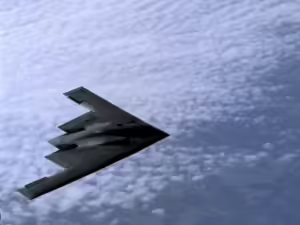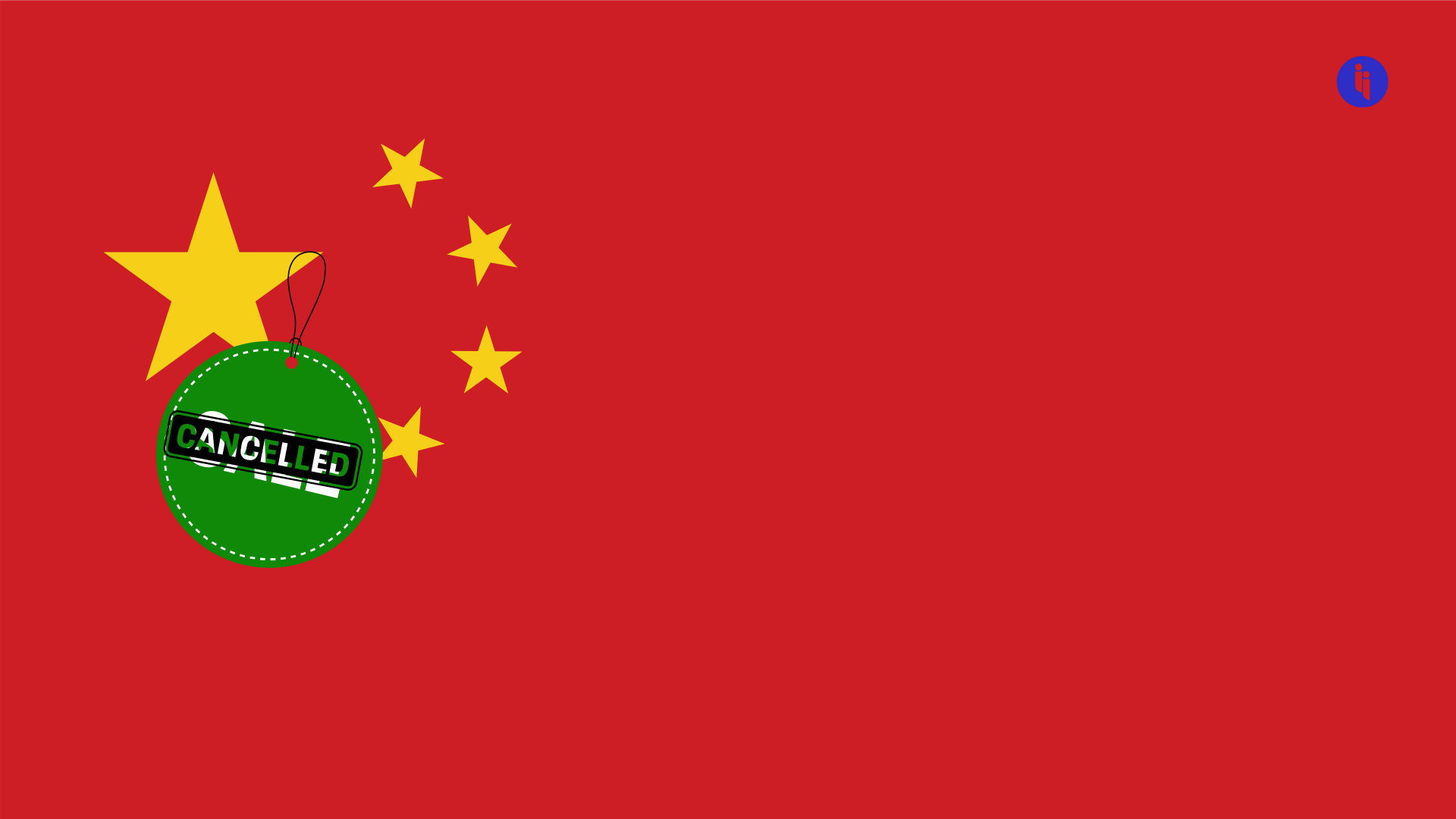We’ve talked about hot wars, cold wars, and trade wars. But now it’s time to talk about another type of war: price wars.
For the past year, Communist Party figures have referred periodically to China’s concept of neijuan: that Mandarin word’s characters translate literally as “rolling” and “inside“. It’s like spinning your wheels — lots of movement and effort, but not actually getting you anywhere. Folks are translating it to English as “destructive competition” or “involution”.
However you want to translate it, the Party doesn’t like it. Why?
Stay on top of your world from inside your inbox.
Subscribe for free today and receive way much more insights.
Trusted by 138,000+ subscribers
No spam. No noise. Unsubscribe any time.
For cigar-chomping capitalists, the occasional price war is a normal, healthy thing, right? It’s about competition naturally driving better products and prices. In fact, if the opposite happens, and egg or gas prices get too high, folks start talking about price gouging.
So what’s the problem with price wars? The party says they’ve been going too far, and for too long, contributing to China’s deflation, which seems to be getting worse:
- Producer prices just dropped 3.6% (yoy), while industrial profits fell 9.1% (yoy).
Why? Decades of manufacturing investment mean China has massive industrial capacity, but trade wars are complicating its efforts to sell excess stuff abroad. So to sell at home, firms are drastically cutting prices. EV-maker BYD, for example, slashed its prices by up to 34% in May, and food delivery services are now offering drinks for 30 cents!
So, who cares? That sounds sweet for the consumer, right? Gimme that 30 cent latte and $8k hatchback. But it’s all hitting profits, R&D, valuations, and broader sentiment: one top auto-executive, for example, just warned the sector could get hit by an ‘Evergrande’ (the failed property developer that famously triggered a meltdown). And it self-perpetuates: why buy new wheels today if they’ll be cheaper tomorrow?
So… when China’s Xi Jinping himself weighed in this month on the need to tackle “disorderly competition“, it was a pretty clear indication Beijing is worried, and the president signed off on a pledge to do something about it. But it’s unclear what.
- Demand side?
There’ve been rumours of another stimulus ‘bazooka’ in the works, driving demand by building more infrastructure. But that’d involve taking on even more debt (Xi seems wary), and his return on that kind of investment has long been plateauing anyway.
Xi’s also offered incentives for folks to treat themselves to a shiny new microwave but, while consumer prices just saw a nice bump, it’s unclear how long that can last.
There are also some economists arguing for other ways to get more cash into household pockets. But the risk is those families will just pay off debts rather than go shopping. And Xi himself has long warned that handouts breed idleness. So then that leaves…
- Supply side?
There are some hints around how this might look:
- Xi faced a similar problem in China’s steel and coal sector a decade ago, and tackled it by forcing the (state-owned) firms to cut production. But the firms driving today’s price wars are mostly privately-owned, so Xi’s gotta rely on…
- Self-discipline: that’s what loss-making solar firms are now pledging, via limits around production and pricing. And Beijing wants more of that — auto execs already got a slap on the wrist: compete on product, not price. So that leaves…
- Reforms: Xi wants local and provincial governments to focus less on fire-hosing incentives (which can just help firms prolong the price wars), and more on unifying China’s provincial laws into a single, efficient market for competition.
So the hope is, by halting the price wars and China’s deflationary cycle, firms might restore their margins, while those that can’t might get gobbled up via an orderly process of mergers and acquisitions. That’d restore valuations and investor confidence, and preserve the strength of the export machine Xi still wants to drive China’s growth.
But as is so often the case with China, our world has never seen an economy of this size governed by a philosophy of this shape. So we just don’t know how this plays out. And it doesn’t seem like the Party knows, either.
Intrigue’s Take
Mounting pressures are forcing more world leaders to take sides in some interesting ways. Sure, some of President Trump’s Liberation Day tariffs (partly a response to issues above) got diluted via exchange rate shifts, for example. But eventually, they meant either:
- a) higher costs for consumers, and/or
- b) lower returns for capital.
President Trump ended up pushing for a mix, siding a bit with consumers (eg, pushing Amazon to eat the tariffs), and a bit with capital (exempting some firms like Apple).
But across the Pacific, President Xi has really now sided with capital: ie, consumers will now pay higher prices, in turn granting weaker firms a stay of execution.
And sure, it’s interesting to see an avowed Marxist-Leninist side so openly with capital like this. But it fits within Xi’s hybrid, mercantilist vision for China’s economy, which has long suppressed worker wages as a way to help the corporates thrive at home and abroad. That’s what’s driven his export-led growth model, but it’s also what’s driven his industrial policy focused on picking and backing winners across solar, auto, tech, and beyond.
So ultimately, his answer to today’s imbalances (part-caused by industrial policy) is… more industrial policy. But this time under the guise of voluntary price and production curbs.
Maybe it’ll work. Or maybe Beijing’s game of wack-a-mole just gets wackier.
Sound even smarter:
- China has claimed some success with price controls, eloquently (if controversially) captured in Isabella Weber’s How China Escaped Shock Therapy.






